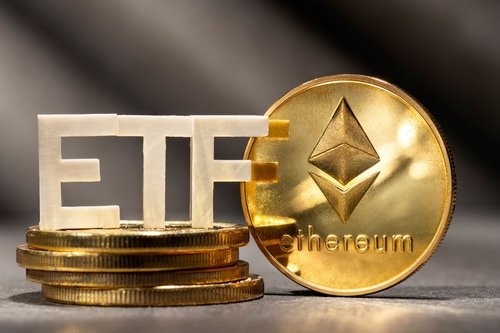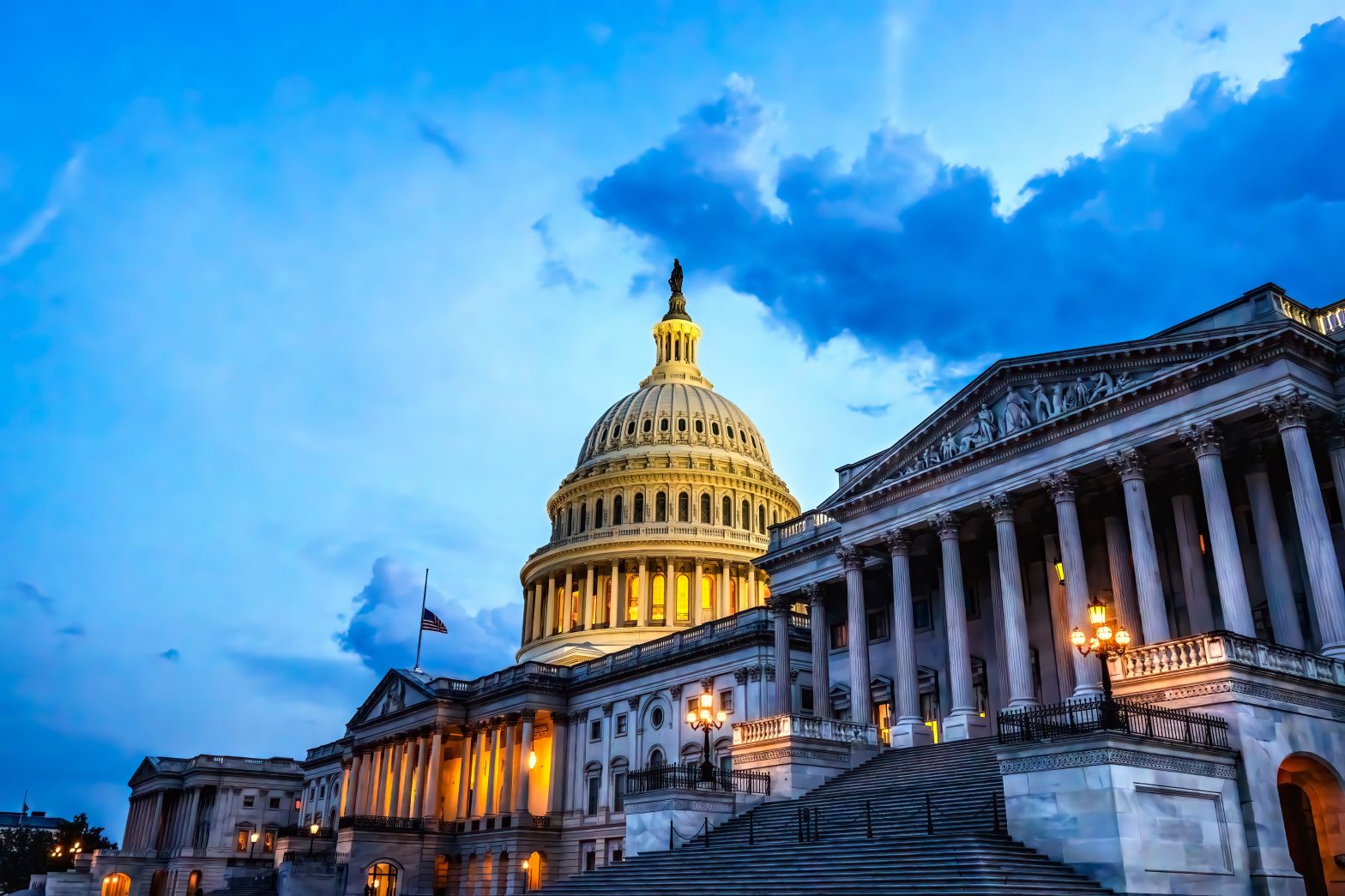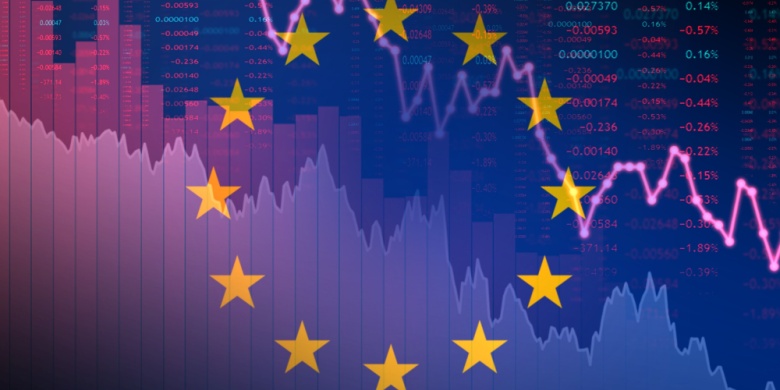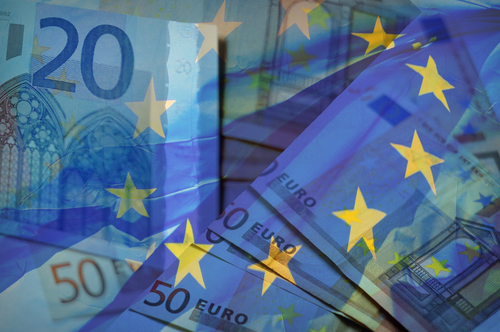Ether Surpasses Its Historical Peak, Reaching the Highest Level Since the Start of Cryptocurrencies
The cryptocurrency Ether (ETH), the native token of the Ethereum network, recorded a remarkable surge,
surpassing its all-time high for the first time in nearly four years.
This rise comes amid renewed demand and its reputation as a more flexible alternative to the leading digital asset, Bitcoin.
Topic
The Role of Institutions and Investments
Factors Driving Ether’s Rise
Record Gains Since the Beginning of the Year
Ether’s price climbed by 15%, reaching $4,866.73, surpassing its previous all-time high of $4,866.40 set in November 2021.
With this surge, Ether has gained more than 40% since the start of the year,
outperforming Bitcoin, even though the latter also reached new record highs supported by notable political momentum during last year’s U.S. presidential elections.
The Impact of Monetary Policy
The latest rally followed remarks by U.S. Federal Reserve Chair Jerome Powell during the Jackson Hole symposium, where he left the door open to a potential interest rate cut in September. This prospect boosted investors’ appetite for higher-risk, higher-yield assets such as equities and cryptocurrencies.
Bitcoin itself hit a record high of $124,500 in mid-August, further underscoring the strength of the digital asset market.
Analysts’ Comments
Katalin Tischhauser, Head of Research at Sygnum Bank, commented: “The markets responded quickly and very positively. In the current liquidity-driven rally, investors are moving fast to seize any signals of monetary easing, and Powell’s comments provided just that.”
The Role of Institutions and Investments
Growing Momentum Around Ether
Corporations adopting Ether as a treasury reserve asset have become a key driver of momentum,
following a strategy similar to Michael Saylor’s Strategy Inc.
Data shows these entities have accumulated nearly $17 billion worth of Ether so far.
Additionally, the Ethereum community launched a new organization called Etherealize to promote enterprise adoption of the network,
while also restructuring its foundation’s leadership team.
The Strength of the Ethereum Ecosystem
Ethereum’s blockchain is regarded as the most widely used digital infrastructure,
powering thousands of applications from decentralized finance (DeFi) to gaming,
along with more than 100 sidechains such as Base, developed by Coinbase.
The network is increasingly viewed as a primary hub for tokenized assets,
including money market funds and stablecoin payments.
Record Investment Inflows
U.S. spot exchange-traded funds (ETFs) investing in Ether attracted over $2.5 billion in net inflows during August,
while Bitcoin ETFs saw minor outflows of about $1.3 million, according to Bloomberg data.
Ether Surpasses Its Historical Peak










